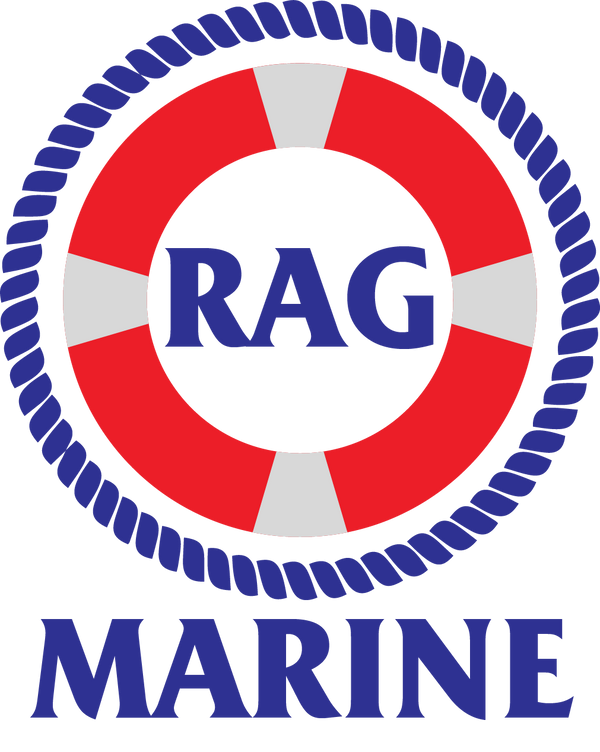Connect to Shore Power Safely and Easily with Our Guide
Share
Have you ever been out on the water and noticed the big, thick cables running from the docks to the boats? Those are shore power cables, and they provide a vital service. Without them, boaters would have to rely on generators to power their vessels, which is not only noisy but also creates air pollution. Shore power cables are just one part of the equation, however. There are also receptacles that need to be properly installed on both the dock and the boat in order for the system to work. In this guide, we will go over everything you need to know about shore power cables and receptacles, including how to install them and what to look for when making a purchase.
What is shore power?
Shore power is a term used to describe the process of supplying electrical power to a vessel while it is docked. This can be accomplished via an onboard generator, shore-based generator, or the public power grid. In order to connect to shore power, a vessel must have a shore power inlet (receptacle) and appropriate cable(s).
There are three main types of shore power systems:
AC Shore Power: AC shore power systems provide alternating current (AC) at a voltage that is compatible with the vessel’s onboard electrical system. The most common voltages used in North America are 120/240 VAC and 208/480 VAC 3-phase. AC shore power systems typically use either single-phase or 3-phase circuit breakers for overcurrent protection.
DC Shore Power: DC shore power systems provide direct current (DC) at a voltage that is compatible with the vessel’s onboard electrical system. The most common voltages used in North America are 12 VDC and 24 VDC. DC shore power systems use DC circuit breakers for overcurrent protection.
Combination Shore Power: Combination shorepower systems provide both AC and DC electrical service at voltages that are compatible with the vessel’s onboard electrical system. The most common voltages used in North America are 120/240 VAC and 12/24 VDC. Combination shorepower systems use both AC and DC circuit breakers for over
How to use shore power cables and receptacles
If you want to use shore power at your home dock, you’ll need to purchase a shore power cable and receptacle. You can find these at most marine supply stores. Once you have the equipment, follow these steps to get set up:
1. Park your boat in the slip so that the shore power cable will reach the outlet.
2. Connect one end of the shore power cable to the outlet and the other end to your boat’s inlet. Make sure that the connections are secure.
3. Once everything is connected, flip on the switch at the outlet to start supplying power to your boat.
4. If everything is working correctly, you should now have shore power!
Different types of shore power cables and receptacles
There are three types of shore power cables- standard, heavy duty, and marine. Standard shore power cables are the most common and are used for general purpose applications. Heavy duty shore power cables are thicker and have a higher amperage rating than standard cables, making them ideal for use with heavy duty appliances or in areas where there is a lot of foot traffic. Marine shore power cables are designed for use in salt water environments and have a special coating to protect against corrosion.
Receptacles come in two types- standard and locking. Standard receptacles are the most common and can be found in most homes and businesses. Locking receptacles have a locking mechanism that secures the plug to the outlet, preventing it from being accidentally disconnected.
Pros and cons of shore power
There are many benefits to using shore power, including reducing noise pollution, eliminating generator fumes, and saving money on fuel costs. However, there are also some drawbacks to consider, such as the potential for electrical fires and the need for a reliable power source.
